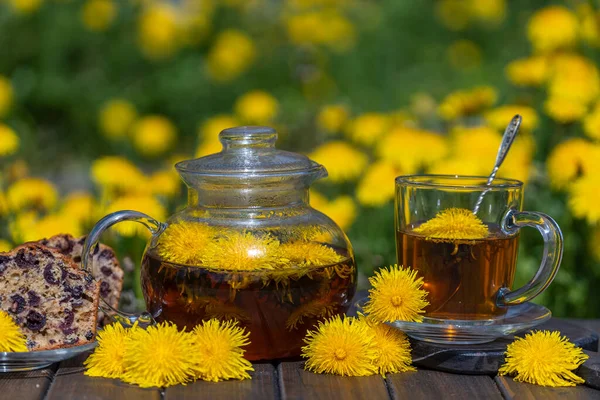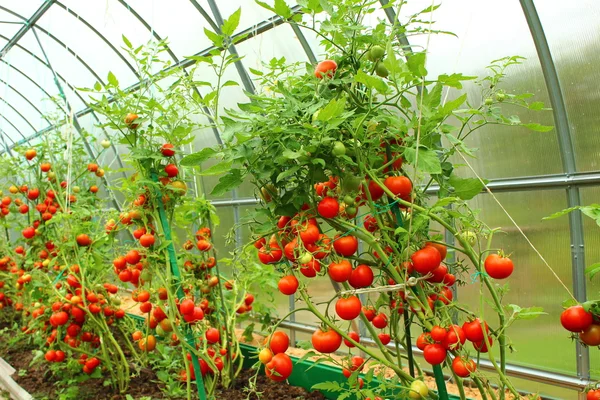Are you looking for a simple recipe and the health benefits of dandelion herbal tea?
Discover the secret to a delicious and nutritious herbal tea made from the humble dandelion plant, a powerhouse of vitamins and minerals. Whether you’re looking to support your liver health, boost your immune system, or simply enjoy a refreshing beverage, dandelion tea is a fantastic choice.
In this guide, you’ll learn how to make dandelion leaf tea, dandelion flower tea, and roasted dandelion root tea, along with tips to enhance their flavor and maximize their health benefits.
- What is a Dandelion Plant?
- Harvesting Dandelion Plant Parts
- Preparing and Preserving Dandelions for Tea
- Dandelion Leaf Tea Recipe
- Dandelion Flower Tea Recipe
- Roasted Dandelion Root Tea Recipe
- What are the Health Benefits of Using Dandelion Tea
- Which are the Best Tips for Making Great Dandelion Tea
- Frequently Asked Questions (FAQs)
- Conclusion
What is a Dandelion Plant?
The dandelion plant (Taraxacum officinale) is a common weed in many home gardens in the United Kingdom, Ireland, and the USA. Dandelion leaves, flowers, and roots can make a highly nutritious herbal tea. The beverage is packed with vitamins, antioxidants, and minerals making it a key traditional medicine for many centuries.
Harvesting Dandelion Plant Parts
Leaves: Harvest the leaves in early spring when they are tender. Use garden shears or pick them by hand. Early morning is the best time to harvest. Dandelions growing in the shade tend to have more tender leaves than those growing in the sun.
Flowers: Harvest the flowers when they are newly opened, and all petals are still retained. Put the stems in a bowl of cool water to keep them fresh.
Roots: Harvest the roots at any time. For a continuous supply, harvest part of the root in the fall, and the remaining root will re-sprout and produce a new plant.
Tip: Use gloves to prevent a painful rash if you are sensitive to dandelion sap.
Preparing and Preserving Dandelions for Tea
- Cleaning: Rinse the parts thoroughly with clean, running water to remove herbicides and pesticides.
- Blanching Leaves: Cover the plants with dark fabric before harvesting to reduce bitterness.
- Roasting Roots: Roast at 200°F (93°C) for 2-3 hours or in a dry cast iron pan on medium-high heat, stirring frequently. Avoid burning to preserve the flavor.
- Storage: Store harvested parts in plastic bags in the refrigerator or a lightly dampened towel to keep them fresh.
Dandelion Leaf Tea Recipe
- Gather young and tender dandelion leaves. Wash and dry them, then chop them into small pieces.
- For one cup of tea, use about 6 fresh leaves. Place in a teacup and cover with boiling water.
- Steep for 5-10 minutes. Sweeten with honey or your preferred sweetener if desired.
For a larger batch: Fill a kettle with 1 quart of water and 1/2 quart of fresh, chopped leaves. Boil and simmer for 5-10 minutes. Strain, sweeten, and serve hot or chilled.
Dandelion Flower Tea Recipe
- Gather 8-10 dandelion flower heads, wash them, and remove the green bottoms.
- Place the petals in a tea ball or infuser and steep in 1 cup of boiling water for 20 minutes.
- Sweeten with honey or your preferred sweetener
Dandelion flower tea has a lighter, less bitter flavor compared to leaf tea. It can also be enjoyed chilled, mixed with fresh lemonade for a refreshing summer drink.
Tip: Mix with fresh lemonade for a refreshing summer drink.
Roasted Dandelion Root Tea Recipe
- Place 2 tablespoons of finely cut, dried, and roasted dandelion roots in 16 ounces of water in a saucepan.
- Bring to a boil, then simmer uncovered for 20 minutes. Strain the liquid.
- For a creamy texture, blend the tea with 1 tablespoon of butter on high for 10 seconds. Pour and enjoy.
Tip: Experiment with flavors like cinnamon, ginger, or vanilla.
What are the Health Benefits of Using Dandelion Tea
- Liver and Digestive Health: Dandelion root stimulates bile production and improves digestion. The leaves also help strengthen digestion and act as a mild diuretic, aiding in the elimination of excess water from the body.
- Prebiotic Properties: Rich in inulin, it supports gut health and immune function by feeding beneficial bacteria in the gut.
- Nutrient-Dense: Packed with vitamins A, C, K, iron, calcium, and potassium, dandelion greens and roots provide essential nutrients.
- Anti-Inflammatory and Antioxidant Effects: Helps reduce inflammation and oxidative stress, benefiting conditions like arthritis, and heart health, and potentially aiding in cancer prevention.
Which are the Best Tips for Making Great Dandelion Tea
- Use dandelions free from chemicals like herbicides or pesticides.
- Pay attention to water quality, steeping time, and temperature.
- Add sweeteners like honey or sugar to balance the bitterness.
- For a creamier texture, blend in butter or milk alternatives.
- Experiment with additional flavorings like cinnamon, ginger, or vanilla.
- Dried dandelion leaves and roots can be stored long-term to enjoy dandelion tea year-round.
Frequently Asked Questions (FAQs)
1. Can I use any dandelions from my garden to make tea?
Yes, you can use dandelions from your garden, provided they have not been treated with pesticides, herbicides, or other chemicals. Always wash them thoroughly before use.
2. How often can I drink dandelion tea?
Dandelion tea is generally safe to drink in moderation. A recommended amount is 1-3 cups per day. However, it’s always best to consult with a healthcare provider if you have any underlying health conditions or are taking medications.
3. Are there any side effects of drinking dandelion tea?
While dandelion tea is safe for most people, some might experience allergic reactions, especially if they are allergic to related plants like ragweed, marigolds, or chrysanthemums. Also, its diuretic effect might increase urination.
4. Can pregnant or breastfeeding women drink dandelion tea?
Pregnant or breastfeeding women should consult with their healthcare provider before consuming dandelion tea to ensure it is safe for them.
5. How can I make dandelion tea taste better?
If the natural bitterness of dandelion tea is too strong, try adding honey, lemon, or other sweeteners. You can also mix it with other herbal teas or flavor it with spices like cinnamon or ginger.
6. What is the best time of day to drink dandelion tea?
Dandelion tea can be enjoyed at any time of the day. However, if you’re using it for its diuretic properties, it might be best to avoid drinking it late in the evening to prevent frequent urination at night.
7. How do I store dried dandelion leaves and roots?
Store dried dandelion leaves and roots in an airtight container in a cool, dark place. They can be kept for several months, retaining their flavor and nutritional properties.
8. Can dandelion tea help with weight loss?
Dandelion tea can support weight loss by acting as a diuretic and helping with digestion. However, it should be part of a balanced diet and healthy lifestyle for effective weight management.
9. What other uses do dandelions have?
Beyond tea, dandelions can be used in salads, soups, and other culinary dishes. The leaves, flowers, and roots are all edible and can add nutritional value to various recipes.
Conclusion
Dandelion tea offers a range of flavors and health benefits depending on which part of the plant you use. Whether you prefer the slightly bitter leaf tea, the delicate flower tea, or the rich, creamy root tea, there are many ways to enjoy the health-promoting properties of this common weed. With a little experimentation, you can find the perfect dandelion tea recipe to suit your taste preferences and wellness goals. Share your own recipes or experiences in the comments below!



